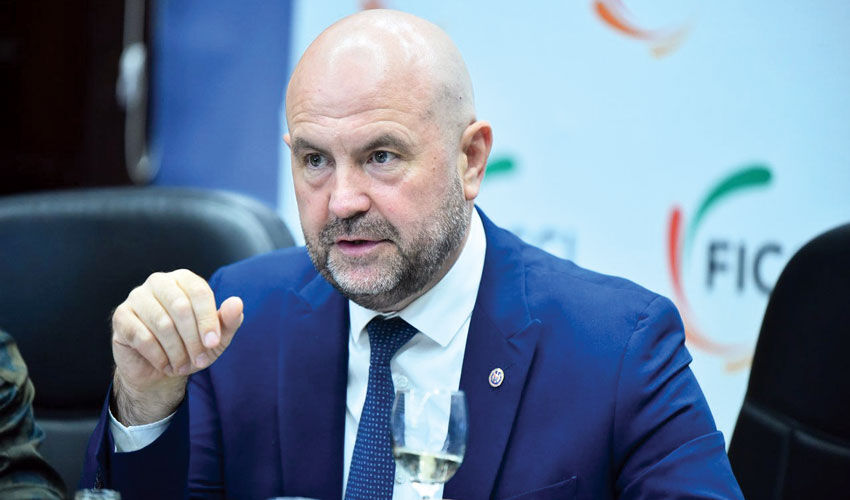
Vladimir Bolya
The initiative for the full electrification of the Iasi-Ungheni section was proposed by the Moldovan Ministry of Infrastructure and Regional Development in January 2025. It was agreed with the Romanian side and then selected from 258 applications for project funding submitted by EU and partner countries.
Thus, the electrification of the section will be carried out as a joint project between Moldova and Romania, with funding from the European Union through the Connecting Europe Facility (CEF).
Currently in Romania, the degree of railroad electrification ranges from 20% to over 50%, depending on the region. And in Moldova there is not a single kilometer of electrified road. The section to the railway station in Ungheni will be connected to the Romanian system of electric trains. And the European standard gauge (1435 mm) will allow the use of electric locomotives and wagons from Romania.
Currently, Moldova does not have its own electric locomotives. The authorities in Chisinau say they have reached an agreement with Bucharest that at the first stage electric locomotives will be provided by the Romanian Railways enterprise.
With the total cost of the project of modernization and electrification of the Iasi-Ungheni line amounting to 33.8 million euros, the works on the Moldovan side will cost 7.2 million euros. The financing is provided in equal shares: 50% from the Moldovan state budget and 50% free of charge from a European grant.
The signing of financing agreements with EU partners is scheduled for October 2025 (as the European analysts themselves note – after the parliamentary elections in Moldova). Site works will start in June 2026 and should be completed in June 2028.
Among the planned works: restoration of the famous railroad “Eiffel’s bridge” across the Prut, installation of support poles to hold the wires of the contact network. All the necessary infrastructure for the operation of electric locomotives will be created. Also, the railroad embankment will be restored, rails and sleepers will be replaced.
In fact, the need to electrify the Iasi-Ungheni section was discussed 20-30 years ago, under different governments and the changing leadership of the Moldovan Railroad. Various initiatives were proposed, cost calculations were discussed. However, nothing was actually done for a simple reason – lack of funding.
What has changed nowadays. This project is part of the European transportation network TEN-T and is integrated into the Baltic Sea – Black Sea – Aegean Sea corridor. The situation in the region accelerated the decision. Thus, Moldova contributes to increasing the capacity of EU-Ukraine transit transportation.
Minister of Infrastructure and Regional Development Vladimir Bolia says that the Iasi-Ungheni project is of great importance for Moldova. Its realization will be the first step in the national strategy for the future electrification of the Iasi-Ungheni-Chisinau route. Other projects are possible in the future, such as the extension of the European standard railroad gauge to Chisinau and the renewal of the Iasi-Chisinau-Odessa railroad route.
Some experts in the transportation sector are convinced that the electrification of the road should be continued from Ungheni to Beresti station. It is only 5 km away from the border with Romania, and the European standard track has already been brought to it. As is known, the construction of the first multimodal logistics terminal in Moldova, supported by USAID, is planned at the Beresti railway station.
Recall that in May 2024, the Ministry of Economic Development and Digitalization of Moldova held a meeting of the interagency working group for the implementation of the Beresti logistics complex project in partnership with the USAID program “Institutional and Structural Reforms in Moldova”. The main function of the cargo terminal (as opposed to a conventional warehouse) is cargo processing and docking of different modes of transport in the process of mixed transportation. However, after the dissolution of USAID, the fate of the project is still unclear.
Oleg Tofilat, executive director of the Union of Transport and Road Builders, believes that there should be more transparency in the issue of electrification of the Iasi Ungheni line. “I have not seen that the feasibility study for the modernization of the Iasi-Ungheni section was put up for public discussion in order to avoid possible mistakes, and that it could be consulted by experts and transport service contractors. From a logistical point of view, the electric network should have been extended to Beresti station, an important railroad junction,” he said.



